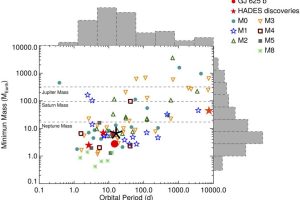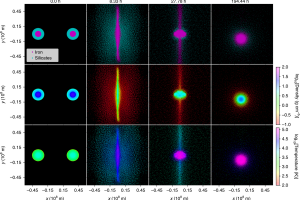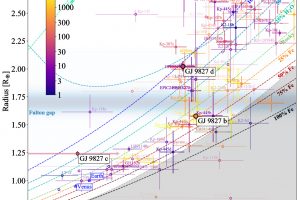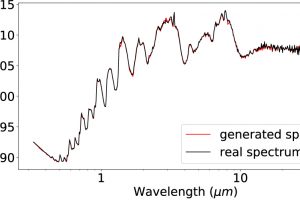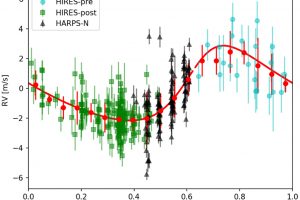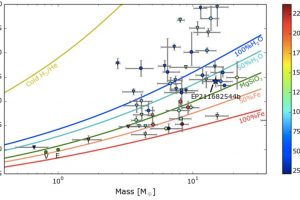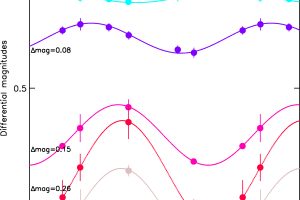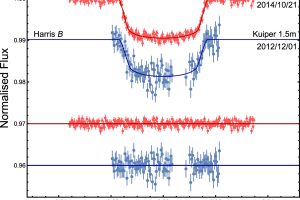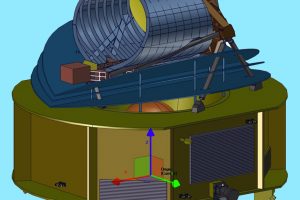Stellar chemical composition and planetary formation. The study “Connecting substellar and stellar formation. The role of the host star’s metallicity” of J. Maldonado (INAF-OAPA) recently appeared on A&A
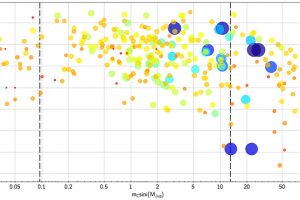
To date, about 4000 exoplanets (planets orbiting around other stars) have been confirmed. Stars hosting planets and sub-stellar companions span a wide range of stellar parameters and even evolutionary phases. For this reason, several studies have been focused on the connection between stellar parameters and the possibility to host planets or sub-stellar companions such as brown dwarfs. In particular,
» Read more
